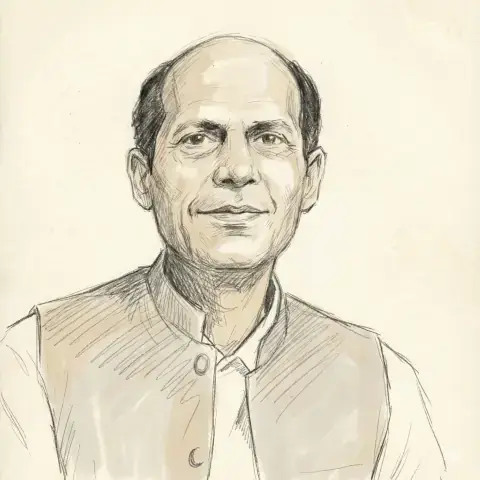
ISLAMABAD: The number of young voters has surged to 56.86 million from 46.43m in 2018, reflecting an increase of 10.42m in around six years and placing the cohort in a position to play a crucial role in determining the outcome of general elections set to take place next month. Analysts believe the huge number of young voters, a majority of whom use social media, could not only influence the electorate using propaganda tools on online platforms, but even alter the electoral scene in several constituencies if they turn out in large numbers on election day.
With the total number of voters coming to 128.58m, the young voters numbering 56.86m constitute 44.22pc. They include 31.85m from Punjab, 11.72m from Sindh, 10.72m from Khyber Pakhtunkhwa (KP)and 2.3m from Balochistan. The proportion of young voters in 2018 was 43.82pc of total voters.
According to age-wise data of voters exclusively available with Dawn, there are 23.51m voters between the ages 18 and 25 while the number of voters between the ages 26 and 35 years is 33.34m. The 23.51m voters between the ages 18-25 include 14.8m male and 9.32m female. The 33.34m voters in the age group of 26-35 years include 17.89m male and 15.44m female voters.
In addition, another 28.74m voters are in the age bracket of 36-45 years. They include 15.08m male and 13.67m female voters. A thorough analysis of the age-wise data of voters reveals that as many as 19 districts in three provinces excluding Sindh have more than 50pc individuals below the age of 35 enrolled as voters.
Proportion of young voters highest in KP
These include 14 districts of Khyber Pakhtunkhwa (KP), four of Balochistan and one of Punjab. The KP has the highest proportion of young voters coming to 51.40pc. Of the total 20.86m registered voters in the district, 10.73m are below 35 years of age. Just three of the total 36 districts of the province have proportion of voters below 47 pc, two of which are short by fractions at 46.82pc and 46.72 pc.
Bajaur district of the erstwhile Fata is on top with 54.45pc young voters. The total number of registered voters in the district is 664711 and the number of young voters is 361910.
In North Waziristan 430488 voters include 233763 (54.30pc) young voters. In Khyber district 338846 young voters form 53.05pc of the total voters numbering 638743.
In Kohistan (Upper) the total number of voters is 75660 — 39931 (52.78pc) of whom are young voters. In Upper Dir 590433 voters include 307545 (52.08pc) young voters. The total number of young voters in KP comes to 10.72m.
In Balochistan, Dera Bugti, Shirani, Chaghai and Khatak are the four districts having over 50pc young voters, with Dera Bugti on top having the proportion as high as 52.92pc.
Some other districts with high ratio of young voters include Nushki (49.55pc) Washuk (49.02pc), Chaman (48.77pc), Surab (48.60pc) and Zhou (48.14pc).
In contrast, the proportion of young voters is as low as 23.26pc in Quetta, where 1.62m voters include just 0.377m young voters.
In Punjab, Dera Ghazi Khan is the only district having over 50pc young voters. Among 1.13m voters in the district 0.577m (50.87pc) are below the age of 35 years.
Overall, the proportion of young voters in the province is 42.97pc. As many as 10 districts of the province have over a million young voters. These include Lahore (2.83m), Faisalabad (2.25m), Rahim Yar Khan (1.39m), Rawalpindi and Multan each (1.37m) Gujranwala and Sialkot each (1.23m), Sargodha (1.15m) and Sahiwal and Kasur (1.01m).
In Sindh the overall proportion of voters comes to 43.44pc. Only 10 of a total of 30 districts in the province have over 45pc young voters. Ghotki district has the highest proportion (47.95pc) of young voters and the lowest (35.30pc) is in Karachi (South). In 2018, the number of voters in the age brackets of 18-25 and 26-35 was 17.44m and 28.99m, respectively.
In the electoral rolls prepared for the 2013 general polls, the total number of voters was 86.18m, of which 17.5m voters were under 25 years of age, while 24.2m voters were between 26 and 35 years old, 17.2m were between 36 and 45 years old, 12m voters were between 46 and 55 years old, 8.4m voters were in the age bracket of 56 to 65 years, while 6.7m voters were above 66 years of age.
Published in Dawn, January 16th, 2024



































